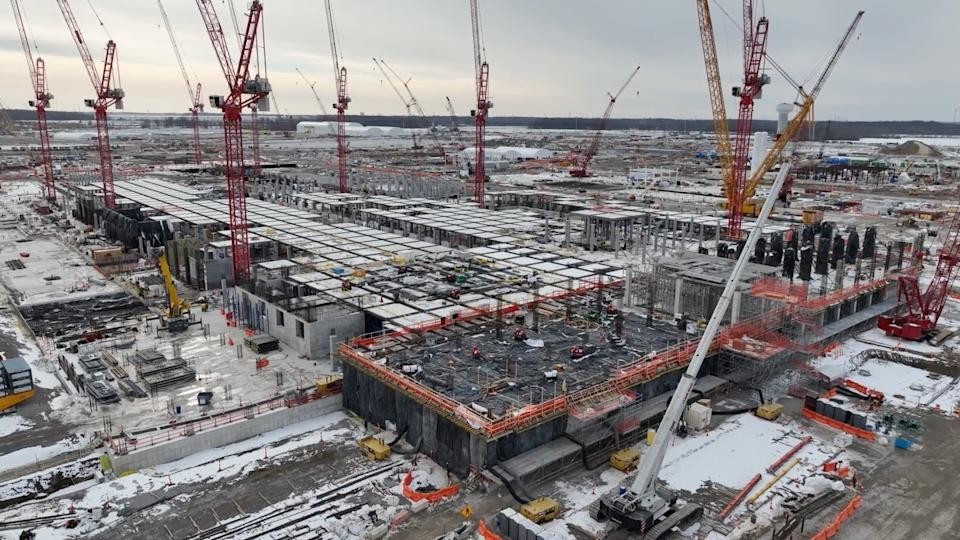
Intel has announced another major delay in the opening of its $28 billion semiconductor manufacturing facility in New Albany, Ohio. The company's first factory, originally scheduled to begin operations in 2025, is now slated to open between 2030 and 2031 - marking a 5-6 year delay from initial plans.
The chipmaker cited financial challenges and the need to align production with market demand as key reasons for the postponement. Intel's second Ohio factory is now expected to start operations in 2032.
Despite the setback, Intel maintains its commitment to the Ohio project, having already invested $3.7 billion locally. Construction will continue at a slower pace, with the basement of at least one fabrication facility already completed. The company states it can accelerate work if demand increases.
The delay raises questions about Intel's broader challenges. The company's revenue declined in 2024, its stock price fell significantly, and it cut 15,000 jobs globally as part of a $10 billion restructuring effort. The company is currently operating under interim leadership following the departure of CEO Pat Gelsinger in December.
State officials, while disappointed with the timeline shift, remain supportive. "Although Intel's timeline has moved to address market realities, the commitment to creating at least 3,000 jobs and $20 billion in capital investment remains unchanged," said Matt Englehart, spokesperson for JobsOhio.
The project has received substantial government support, including $2.2 billion in federal CHIPS Act funding and state incentives worth $300 million per factory. Intel has already begun hiring and training Ohio workers at its facilities in Arizona, New Mexico, and Oregon.
Industry experts suggest the delay could lead to potential partnerships or ownership changes, though they emphasize the strategic importance of domestic semiconductor manufacturing capacity. The facility's completion, whether by Intel or another operator, remains likely given the substantial investment already made and its role in strengthening U.S. chip production capabilities.